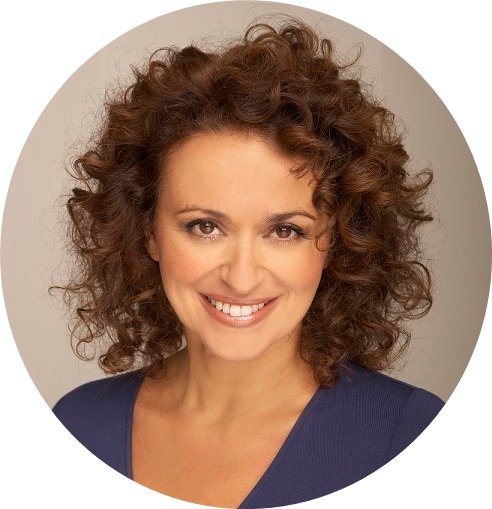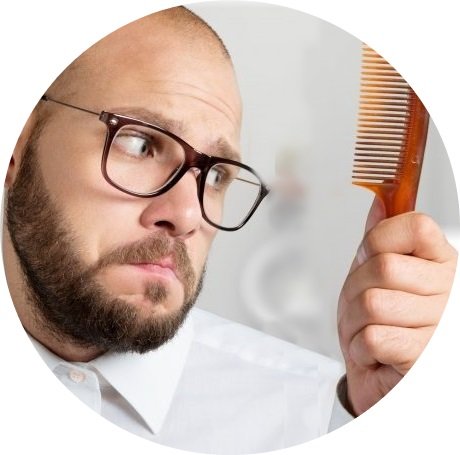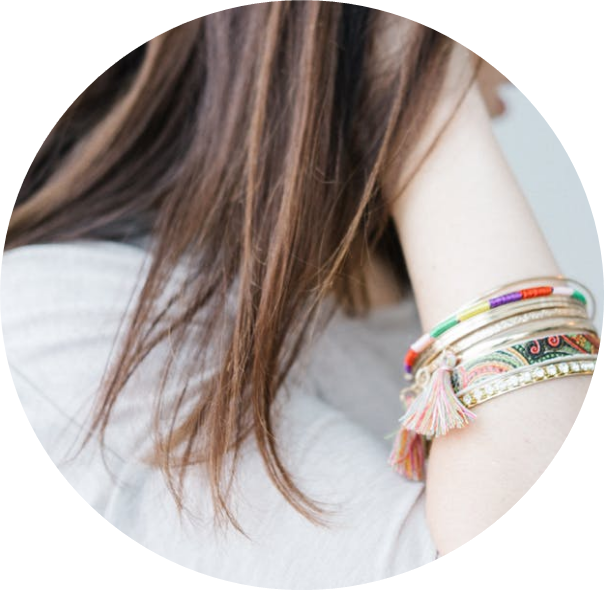10 Nutrition Rules To Get You On The Right Track
The contemporary way of life, the habits imposed by new technologies, and the action of advertising make us eat and consume foods that are very bad for our body. Without establishing certain rules for a proper diet that protects the health and strengthens the body, we are subject to illnesses, health risks and hair loss. Here are some of our recommendations for a healthy body and healthy hair:
- You are what you eat
Food is just a mean of achieving a healthy life, shouldn’t be the main focus of your life. It’s important to eat healthy, as everything that you eat and drink will be converted into energy and will feed your body. Keep in mind that each single artificial ingredient added to your meals will be overloading and poisoning your body. Junk foods, deep fried foods and overeating are the worst mistakes you can do for your overall health. The food becomes part of the body and to have a healthy hair, it’s important that the products we consume are fresh, clean, full of vitamins.
- Hunger is true, craving is false
Lust is a psychological phenomenon, while hunger is a digestive phenomenon. Through hunger, the body informs us that it needs food, while appetite is not dictated

by our physiological needs, but rather by emotional instability. People’s incapacity to master the appetite indicates a very poor will. Just think of the religious act of fasting – besides its health benefits, it is meant to strengthen the will of man.
Our appetite is making us eat too much. The normal stomach load should be: food – 1/2, so it is recommended that you finish eating before you feel full. The remaining 1/4 volume of the stomach should be devoted to water and 1/4 is the empty space required for proper digestion of the food. If the stomach is filled with food, the body spends enormous energy to process it, the energy that is often higher even than the energy that we get from the food. You’ve probably noticed that when you eat too much, you feel tired, sore and sleepy – this is when your body is moving all its forces to overcome the critical situation in the stomach.
- Water is life. Drink up
The human body is largely made up of water, which is the juice of life. Plants that do not have enough water dry up soon, and something similar happens to our body. That’s why it’s so important to consume enough water each day, which for our climate would mean 2-3 litres of water during the summer and 1.5-2 litres in winter. It is also recommended to consume a mug of water or herbal tea 30 minutes before taking each meal to activate the digestive processes while drinking during the meal or immediately after eating should be avoided in order not to dissolve the digestive juices and slow down the normal process of assimilation of food.
- Take time to properly chew your food
Saliva is an active biochemical substance that plays an extremely important role in the digestion process. In particular, this means that solid food needs to be chewed for a long time until it becomes almost liquid due to its contact with saliva. At the same time, liquid food (milk, soup, natural juice, etc.) should not be swallowed at once but should be kept in contact with the saliva for as long as possible.
- Enjoy your meals

Do not eat fast and do not eat much, even if you have something very tasty in front of you. The food should stay in the mouth for as long as possible so you can enjoy the taste. This technique can make us feel we had enough even if we eat much less than we are accustomed to because the brain gives us the feeling of satiety due to the excitement of the taste buds.
- Pay attention to your food, not your surroundings
If you sit at the table, leave all the other activities behind. If you are eating while reading, talking to someone or looking at the TV, the brain cannot focus on the digestive process, which should be a priority. As a result, the digestion takes place in an ineffective and even harmful way for your health.
- Morning starts from the evening
The last meal should take place at least 4 hours before sleep, the ideal time is 7 hours. These figures are dictated by the time the body can process the food: 4 hours for vegetables and fruits, 7 hours for meat. During sleep, all processes in the body slow down. In addition, as long as we are in the upright position, the gravitational force helps to correctly move the food in the stomach and digestive tract. If we eat before sleep we cause many unpleasant and even harmful effects for the body: food stays overnight in the stomach, there will be deposits on the intestinal walls, sleep becomes inefficient, you will feel discomfort and unpleasant breath in the morning, and diseases of the digestive system can develop.
- Do not exhaust yourself
Do not suddenly go to very strict diets. In fact, in every situation in life, sudden movements will shock body and mind. Radical overnight changes can cause a trauma to the body, which could generate effects exactly the opposite of what you actually expect.
- Hair loss may be due to unbalanced diets, fasting or crash dieting. The possible reasons may be a deficiency in Vitamin C or E, Beta-carotene or other antioxidants. A supplement containing these would be beneficial when one is dieting.
- Cleansing is important
Our body detox is one step should not be taking lightly. This means taking care that the food and drink you consume is both qualitative and healthy, but also paying attention to the natural processes of the body. To do a special clean-up, try a total refrain from eating and drinking for 24 to 48 hours as often as you can. This procedure must be done if you are healthy and not suffer from any medical condition that can jeopardise your health.
- Do not combine incompatible foods
The processing of food in the body takes place through acid-base biochemical reactions. If products that trigger acidic reactions and those that trigger basic reactions get into the body at the same time, unnecessary salts are produced, which greatly complicates the digestive process. To avoid such situations, we recommend using biochemically compatible products and vice versa, and as a little guidance, you can use the chart below. For more details on how to combine your meals and what diet is best for you try the Nutrigro Plan.

V – Can be combined
I – should be consumed separately (within 40 minutes)
II – Only fresh milk with rice can be combined
III – 7 with 3 in a ratio of 1: 3
IV – when the body urgently needs a lot of energy without overloading the digestive system
V – and nuts
- Vegetables containing starch: potatoes, carrots, beets, pumpkins, etc.
- Cereals, flour, whole grains.
- Starch-free vegetables: herbs, roots, cabbage, salad, tomatoes, cucumbers etc.
- Protein products: berries, nuts, eggs, roe, etc.
- Fruit and berries (fresh).
- Dairy products.
- Meat and fish.
- Vegetable fats.
- Melon and bananas.
- Chocolate and cocoa.
- Dried fruits.
- There are no nailed rules
Remember: Listen to your body. If your body tells you something is wrong with the new diet, you’d better give up on it. Your own intuition will tell you what to do and what is wrong.




 who said to me that I have the balding gene.
who said to me that I have the balding gene.
 confessed to frequently wearing wigs on the red carpet to hide her patchy hair loss caused by alopecia areata.
confessed to frequently wearing wigs on the red carpet to hide her patchy hair loss caused by alopecia areata.

